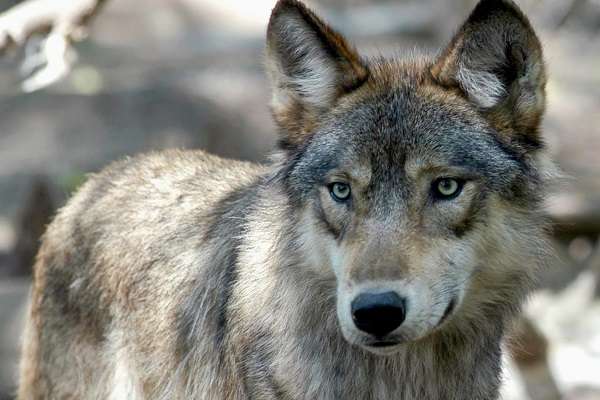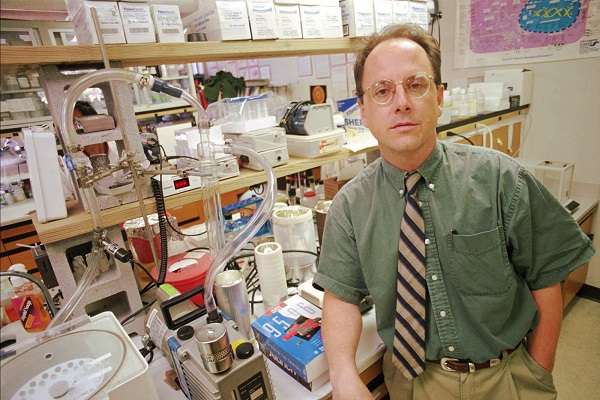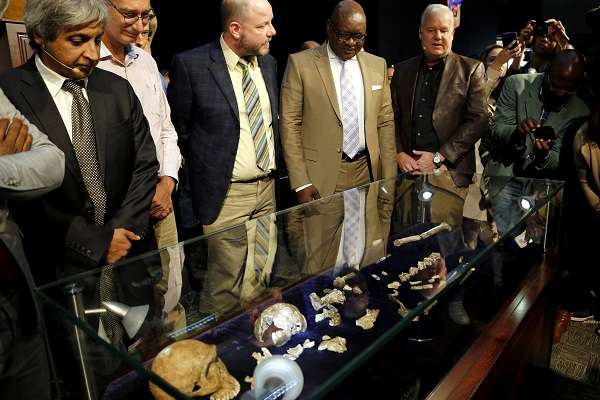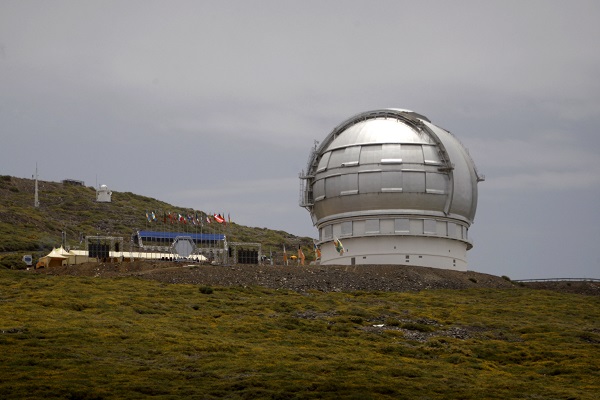May 2017 Current Events: Science & Technology News

Disaster News | US News | World News
As sciences marches on, you can sometimes feel like you're getting left in the dust. Infoplease has what you need to stay in the know. Here are the top 5 Science & Technology news events you need to know for May 2017:
- Gray Wolves Return to Denmark After 200 Years
- Unmanned X-37B Research Vessel Lands at Kennedy Space Center
- Mouse Study Provides New Insight Into Cause of Baldness and Graying
- 7.2 Million-Year-Old Hominin Fossil Discovered in Balkans
- Extremely Large Telescope Begins Construction in Chilean Desert
Gray Wolves Return to Denmark After 200 Years

On May 4, wildlife researchers confirm the presence of gray wolves in Denmark for the first time in two centuries. A lone male wolf was spotted five years ago, but it was uncertain if he would find a partner to reproduce with. Now he is seen with a full pack, raising hopes that the species can successfully breed in the region. The gray wolf was driven out by human development, and culled for the protection of livestock. (The Guardian)
Photo Source: AP Photo/Dawn Villella, File
Unmanned X-37B Research Vessel Lands at Kennedy Space Center

On May 7, after a record-setting 718 day orbit around the Earth, the X-37B spacecraft returns to land at the Kennedy Space Center. The craft, one of two space planes designed by Boeing, is capable of vertical take off and horizontal landings, much like the space shuttles recently retired by NASA. The small craft is unmanned, but has multiple valuable uses for research and observation. (CBS)
Photo Source: AP Photo/John Raoux, File
Mouse Study Provides New Insight Into Cause of Baldness and Graying

On May 8, University of Texas researchers at the Southwestern Medical Center publish the results of a long term study about the causes of hair graying and balding, building off decades of previous research. The study is conducted on mice. Research discovers a protein, KROX20, which is responsible for the formation of hair shafts. It then starts production of a protein called "stem cell factor." These two are somehow responsible for hair graying in mice. (Time)
Photo Source: AP Photo/Karen Tam, File
7.2 Million-Year-Old Hominin Fossil Discovered in Balkans

On May 23, a team of anthropologists and archaeologists announce their rediscovery of a hominin fossil near the border of Bulgaria and Greece. The fossil itself was uncovered decades ago, but recent analysis suggests that it might have belonged to a human ancestor 7.2 million years ago. The team claims that this suggests that humans originate from Europe rather than Africa, but the great majority of anthropologists still refute this claim. Most fossil evidence, as shown above, indicates that the human species diverged from apes in Africa. (The Washington Post)
Photo Source: AP Photo/Denis Farrell, File
Extremely Large Telescope Begins Construction in Chilean Desert

On May 26, workers begin constructing the European Extremely Large Telescope (or ELT) in the Atacama desert, in the north of Chile. The high-elevation desert, the driest on Earth, offers near-ideal viewing conditions; the thin and low-moisture air, with the lack of light pollution, allows for minimal distortion. The ELT will be the largest telescope in the world, meters wider than current large telescopes. The crew expects the ELT to be completed around 2024. (Reuters)
Photo Source: AP Photo/Carlos Moreno, File







